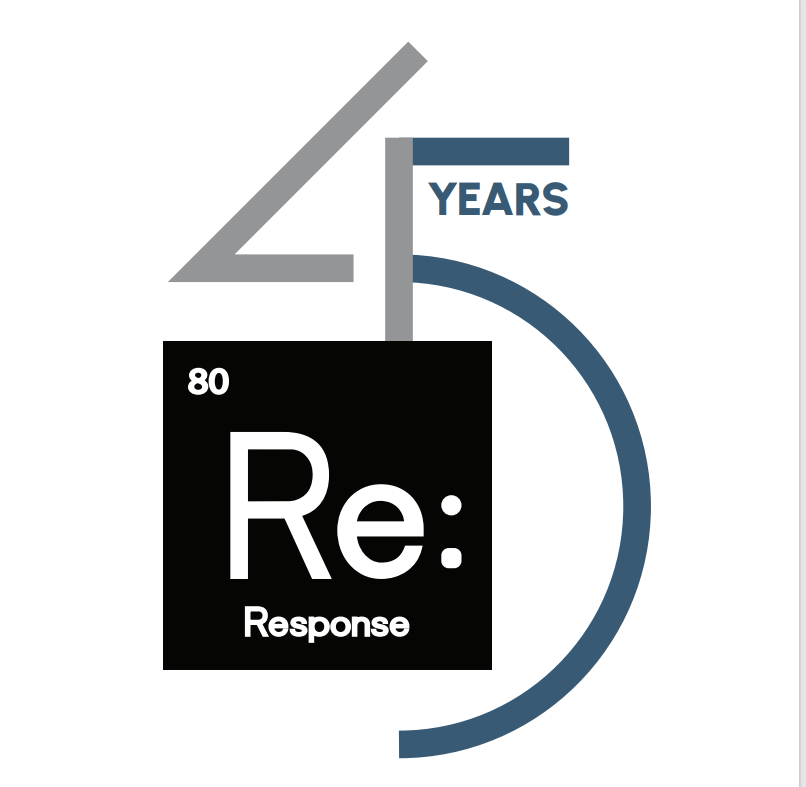Email list attrition is real, so list growth is still critical to email marketing success; if you don’t have scale, your brand can’t grow. However, engagement is vital, as well. A balanced approach to email list growth is a smart approach. Our best practices will help you answer quality versus quantity with email database size for your brand.
Why Engagement Matters
Email is more than just vanity metrics of an extensive list in the millions. Brands send emails because they want them to be opened, read, and acted upon, usually by buying stuff. The more your subscribers open, read, click, save, and reply, the more likely they are to remain loyal and engaged with your brand over time.
Email providers pay attention to interaction and engagement, too. With higher interaction, your email is more likely to be delivered to the inbox by the email client. The value of your content is a measurement of read rate, replies, and forwards, which is why most brands track opens, clicks, click-to-open rate, bounces, and unsubscribes.
Start Smart from the Start
Our number one recommendation for building a robust email list is to start smart from the start. Be mindful and careful of who you want to reach, what you are asking of your list, and what data you need.

What you plan to do with the data will determine what information you need to collect. A recipe for success is to be scrupulously honest about what you’re asking for and what the subscriber can expect in return.
Segment, Segment, Segment
While you have a single email database, not everyone in it is the same. There are likely significant differences based on subscriber demographics, interaction, or other metrics. Segmenting your database and more precisely marketing to these differences will help keep your subscribers satisfied and highly engaged.
Bring Them Back
Regularly sending emails to subscribers who aren’t engaging can damage your deliverability with certain mailbox providers. A customized reactivation campaign (sometimes called a win-back email) helps regain attention. When employing these strategies, we recommend making the emails significantly different to garner greater attention, utilizing personalization or unique subject lines. A win-back strategy should be your last attempt to get dormant subscribers back before sunsetting them.
Trim the Fat Often
Email subscribers who don’t engage with your content can drive down your email reputation. Getting placed into the spam folder by disengaged subscribers doesn’t benefit anyone, either. To keep your mailing list healthy, cut off users who are routinely sending back bounce rates; this way, your mailing list is as clean as possible and your email reputation doesn’t suffer. We recommend checking your email database at least every three months to purge non-functional addresses and disengaged subscribers.

Don’t Forget the Growth
Engagement is essential, but don’t take your eye off growth. Ongoing attrition of an email database is natural. Email lists can shrink by up to 20-30% each year just from users changing their addresses. People’s interests, needs, and life stages change, which means they may unsubscribe. A strategy for smart, organic growth is always informed by, of course, a smart engagement strategy.
The goal of any email program should be to capture and retain highly loyal subscribers. To do this, maintain a clean, lean database—overall, it speaks more to an engaged audience than a voluminous one.
















